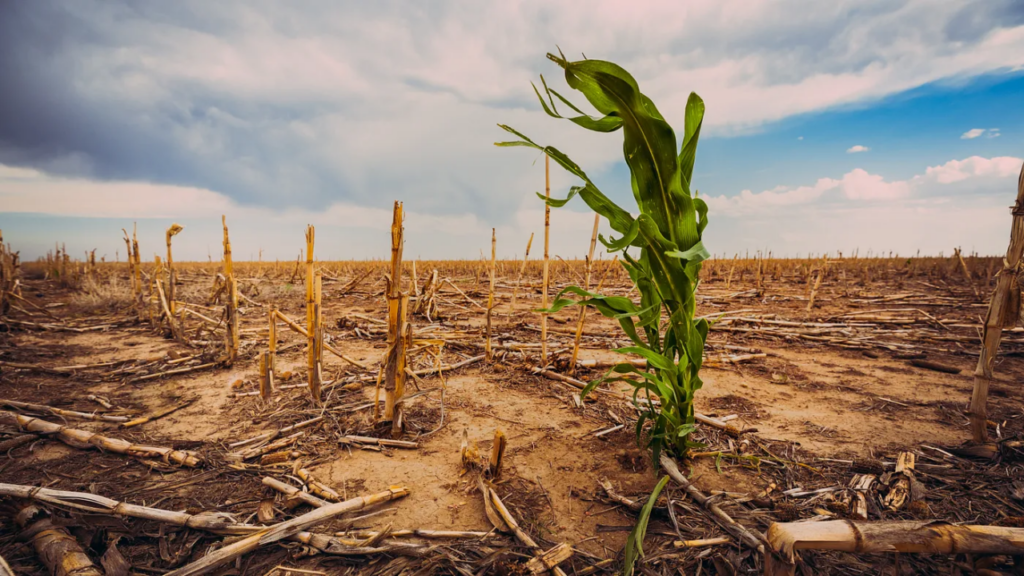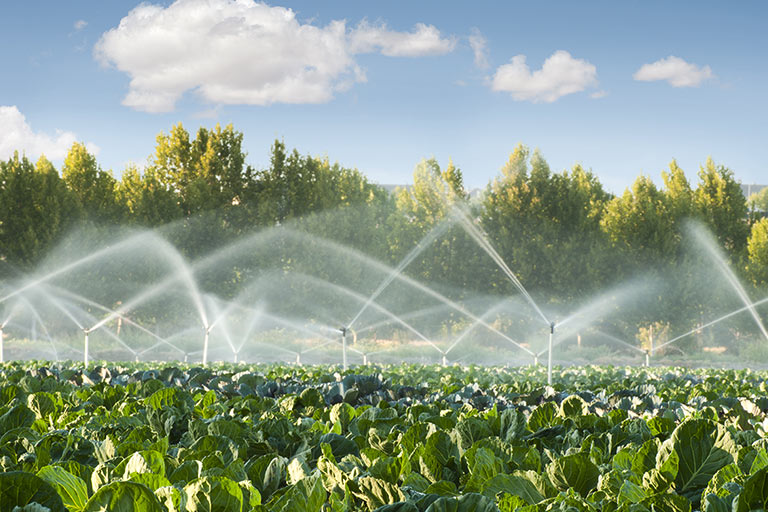
Introduction
Water storage is not merely a technical necessity but a lifeline for agricultural sustainability in India, a country where agriculture remains pivotal to its economy and supports the livelihoods of millions. The diverse climatic conditions across the subcontinent, ranging from arid regions to monsoon-dependent areas, underscore the critical importance of effective water management strategies. Proper water storage not only bolsters agricultural productivity but also mitigates the impact of erratic rainfall patterns and prolonged dry spells, ensuring a consistent water supply for crops throughout the year.
Impact on Agricultural Productivity and Food Security
Adequate water storage facilities play a fundamental role in optimizing crop yields by providing a reliable water supply during critical growth stages. In regions prone to irregular rainfall, such as parts of Rajasthan and Maharashtra, farmers heavily rely on stored water to sustain crops during dry periods. This practice not only safeguards against crop failure but also enhances the overall resilience of agricultural communities against climate variability.
Furthermore, water storage facilitates the adoption of advanced irrigation techniques, such as drip irrigation and sprinkler systems, which efficiently utilize water resources. These methods minimize water wastage and optimize water application, leading to improved crop water productivity. Consequently, farmers can cultivate higher-value crops and achieve better economic returns, thereby enhancing food security at both household and national levels.

Examples of Successful Water Storage Solutions
Several successful water storage solutions have been implemented by Indian farmers and communities, significantly contributing to bolstering food security:
Farm Ponds: Small-scale farm ponds are prevalent across India as a means to capture and store rainwater. The ponds not only replenish the groundwater, but also act as storage for irrigation during periods of drought. Government initiatives in states like Andhra Pradesh and Telangana have promoted the construction of farm ponds, benefiting thousands of farmers by enhancing their water security.
Check Dams: Check dams are constructed across seasonal streams to impound water and recharge groundwater aquifers. In Gujarat, initiatives such as the Sujalam Sufalam Jal Abhiyan have focused on building check dams to harness rainwater effectively and support agriculture in water-stressed regions.
Community Tanks: In Tamil Nadu, community-managed tanks known as ‘ooranis’ have played a vital role in harvesting rainwater for irrigation purposes. These tanks are maintained by local communities and serve as critical water reservoirs during periods of water scarcity, thereby ensuring continuous agricultural production.
Roof Rainwater Harvesting: Urban and peri-urban areas have increasingly adopted roof rainwater harvesting systems to collect and store rainwater for both domestic and agricultural use. This decentralized approach reduces pressure on municipal water supplies and supports urban agriculture initiatives, thereby contributing to food security in urban areas.
Conclusion
In conclusion, effective water storage infrastructure is indispensable for ensuring food security in India. By investing in various water storage solutions such as farm ponds, check dams, community tanks, and roof rainwater harvesting systems, Indian farmers enhance their resilience to climate change and variability. These solutions not only boost agricultural productivity but also contribute to sustainable development goals by conserving water resources and improving livelihoods.
Moving forward, continued investment in water storage infrastructure, coupled with supportive policies and community engagement, will be essential to safeguarding food security and promoting sustainable agriculture across India. Government initiatives and farmer-led initiatives must collaborate to ensure the widespread adoption of these technologies and practices, thereby securing a sustainable future for Indian agriculture amidst ongoing challenges posed by climate change and water scarcity.


